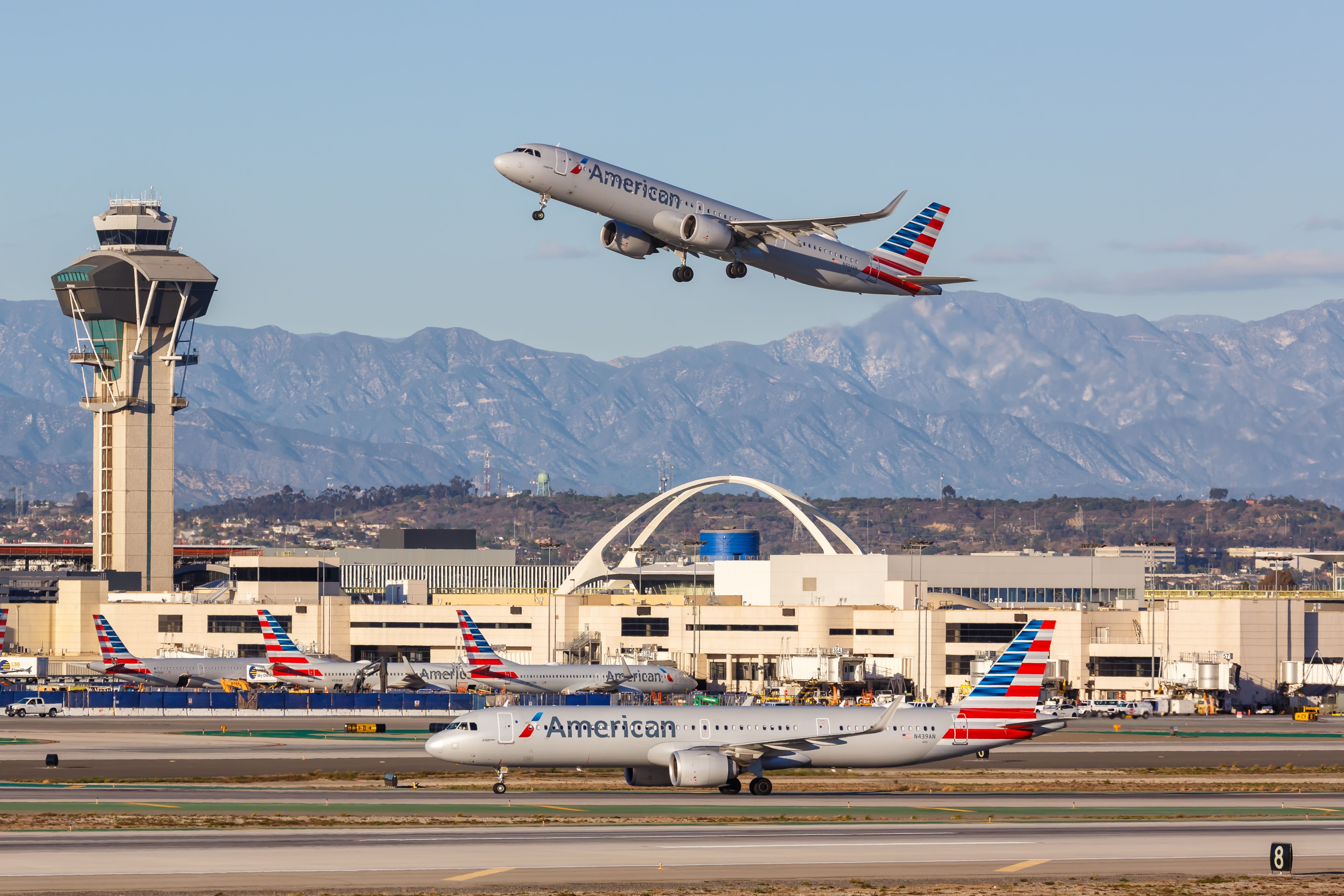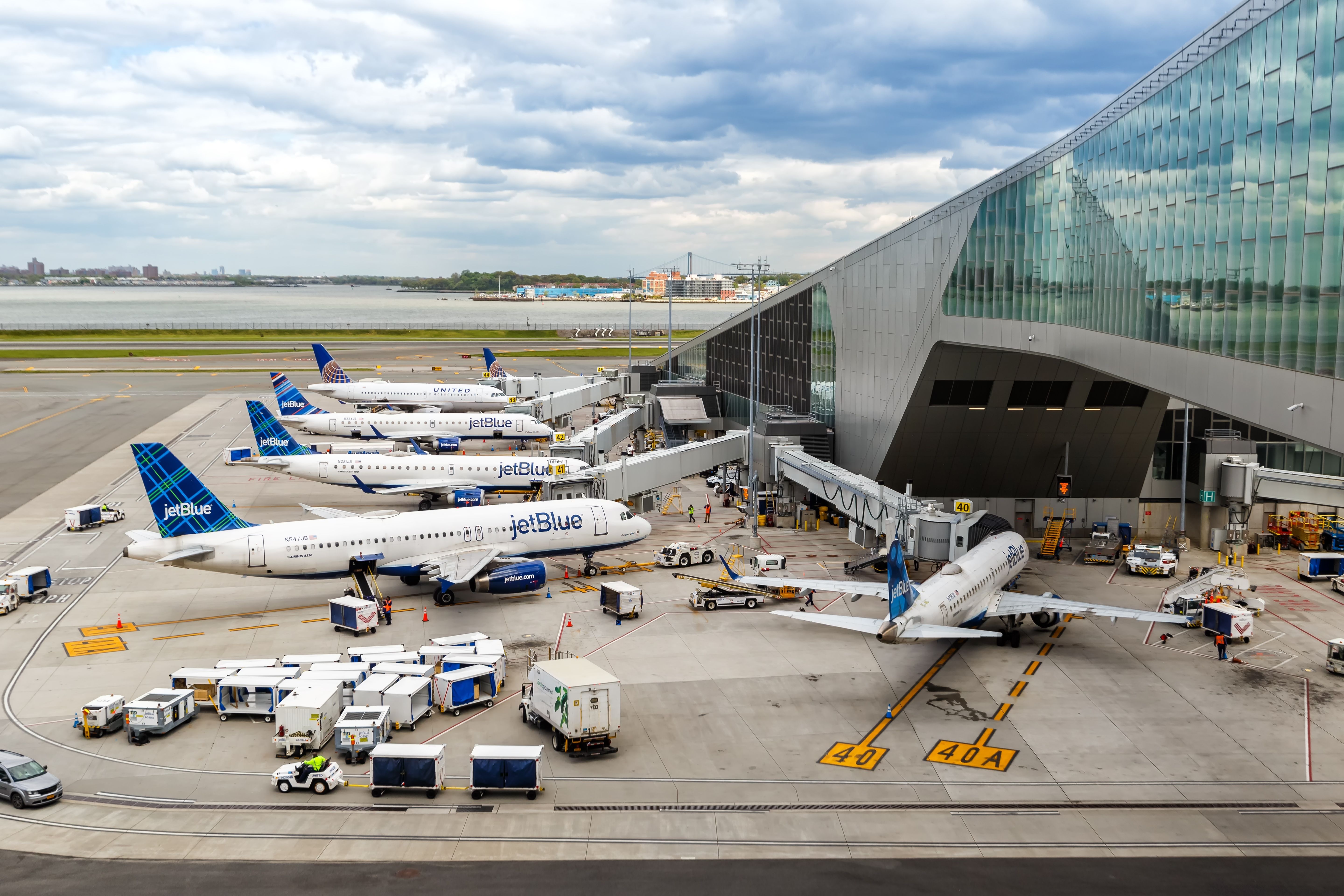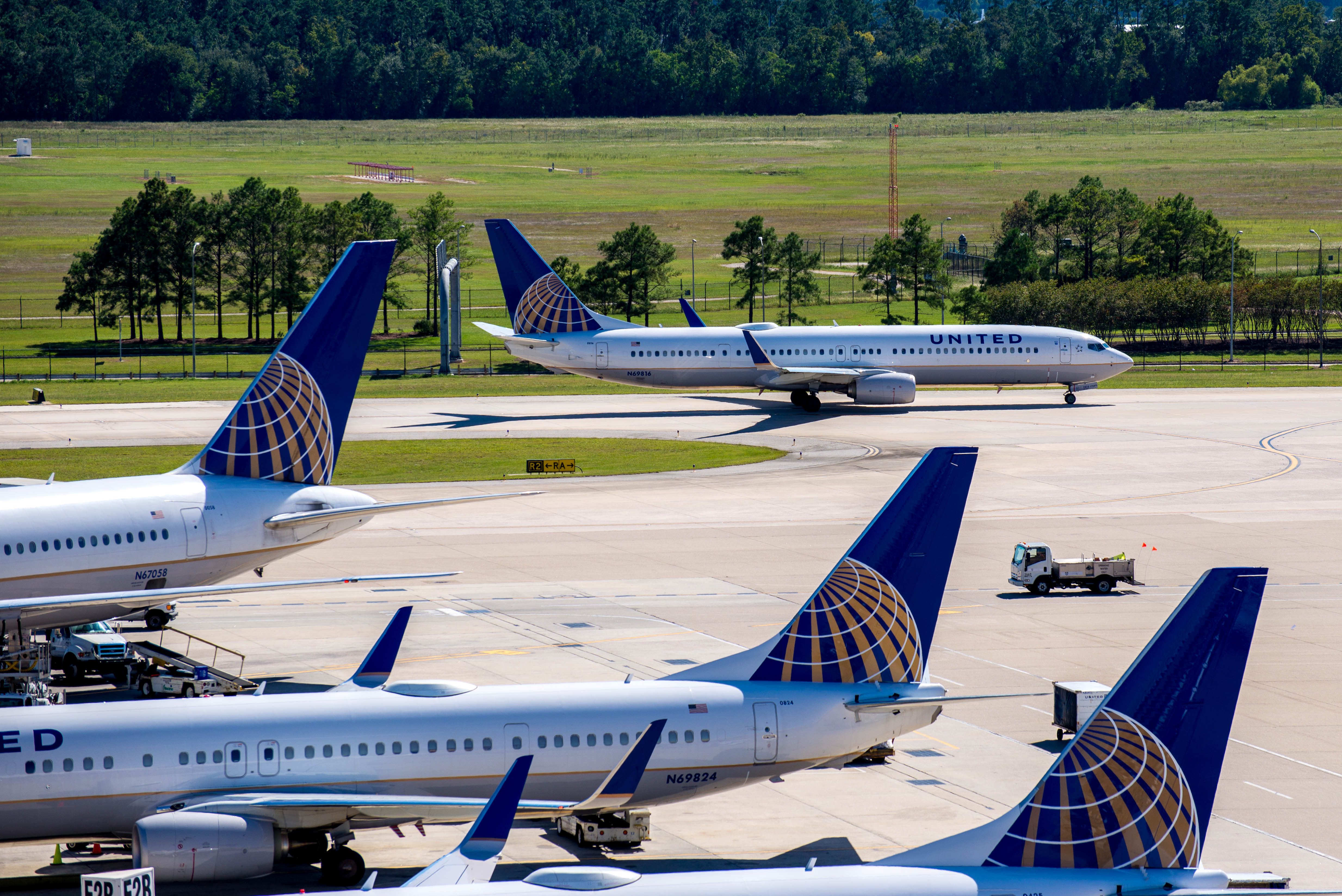Summary
- Average ticket prices in the US have increased by 11% compared to last year, but have decreased slightly from June.
- ARC-affiliated travel agents saw revenues of $7.6 billion in July, with a 16% rise in international trips, but revenues are down 6% from June.
- Despite some declines, travel demand remains strong, with 21.9 million passenger trips booked in July, and airlines reporting profits during the busy summer season.
According to the Airlines Reporting Corporation's (ARC) data for July, average ticket prices have risen 11% in the United States market compared to just one year ago. While prices are down slightly from June, passengers continue to book more trips, especially internationally. Let's take a look at the numbers.
Revenue soars
ARC-affiliated travel agents, representing over 10,462 agents across the United States, saw revenues of $7.6 billion in July 2023. This is an increase of 11% from the year before, supported by a 16% rise in total international trips this year. With that said, revenue is down 6% from June, and trips are down 2% (+1% domestic and -5% international).
For passengers, ticket prices have decreased compared to last year and compared to June. An average round-trip flight would set travelers back $528 in July 2023, down 5% from the previous year. This is because jet fuel prices have lowered, as well as airlines have been hiring aggressively for employees allowing them to add flights and bring capacity backup to pre-pandemic levels.
In July, ARC booked 21.9 million passenger trips, down 2% from June but up 10% from 2022, signaling that despite economic headwinds, travel demand for the summer has not been affected. This has also been seen in airline earnings this quarter, with American Airlines, United Airlines, and Delta Air Lines reporting profits during a busy summer season.
In a statement, Steve Solomon, Chief Commercial Officer at ARC, said,
"Air travel demand remains strong as consumers prioritize traveling this summer and into the fall. While total and international passenger trips declined slightly from June, the July results reflect typical seasonality trends."
Lastly, ancillary sales increased 86% from 2022 to $25.25 million. This included a 66% increase in ancillary transactions from 2022 to $397,102.
How long will it last?
As the summer ends in less than a month, airlines and ticketing agents look anxiously to the future. In the United States, high inflation is set to hit discretionary income for traveling, leaving fall and winter passenger numbers unknown. Another huge problem for airlines could be a recession, as airlines have just fully recovered to pre-pandemic full capacity numbers.
There is some good news, as airlines in the United States have been less hurt by the staffing shortages than their European counterparts. This has allowed airlines to offer full schedules again during the busy summer travel season. Although some carriers, like American Airlines, have not fully received their long-haul operations, the whole long-haul market is recovering. Furthermore, if revenue numbers are any indication, recovery is already here.
Airlines are happy with their profits, looking at the airline earnings from the previous quarter. In fact, many have predicted a profit in Q3, proving they are in a steady financial position. With that said, anything after the summer season poses a challenge, especially with staffing shortages. The US market is flying high for now, as the busy summer travel season is in full swing.



